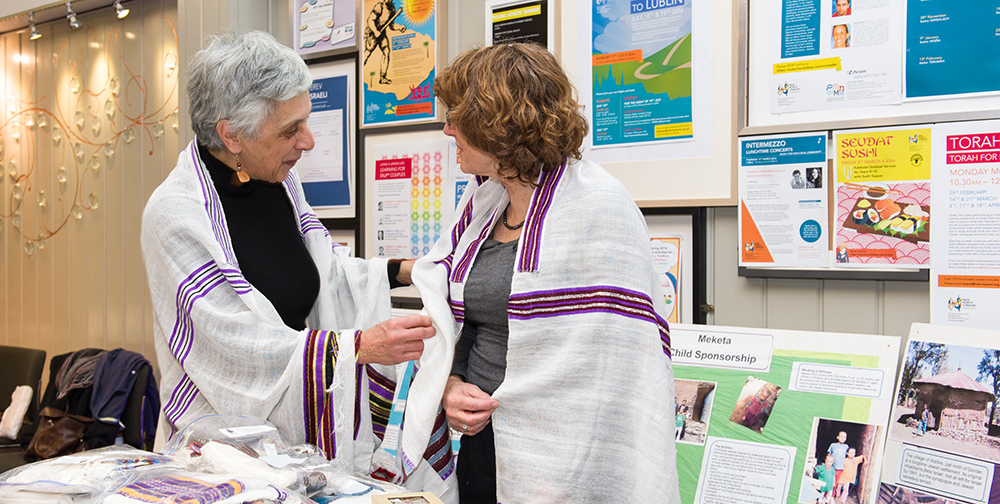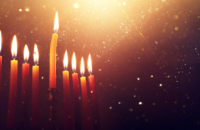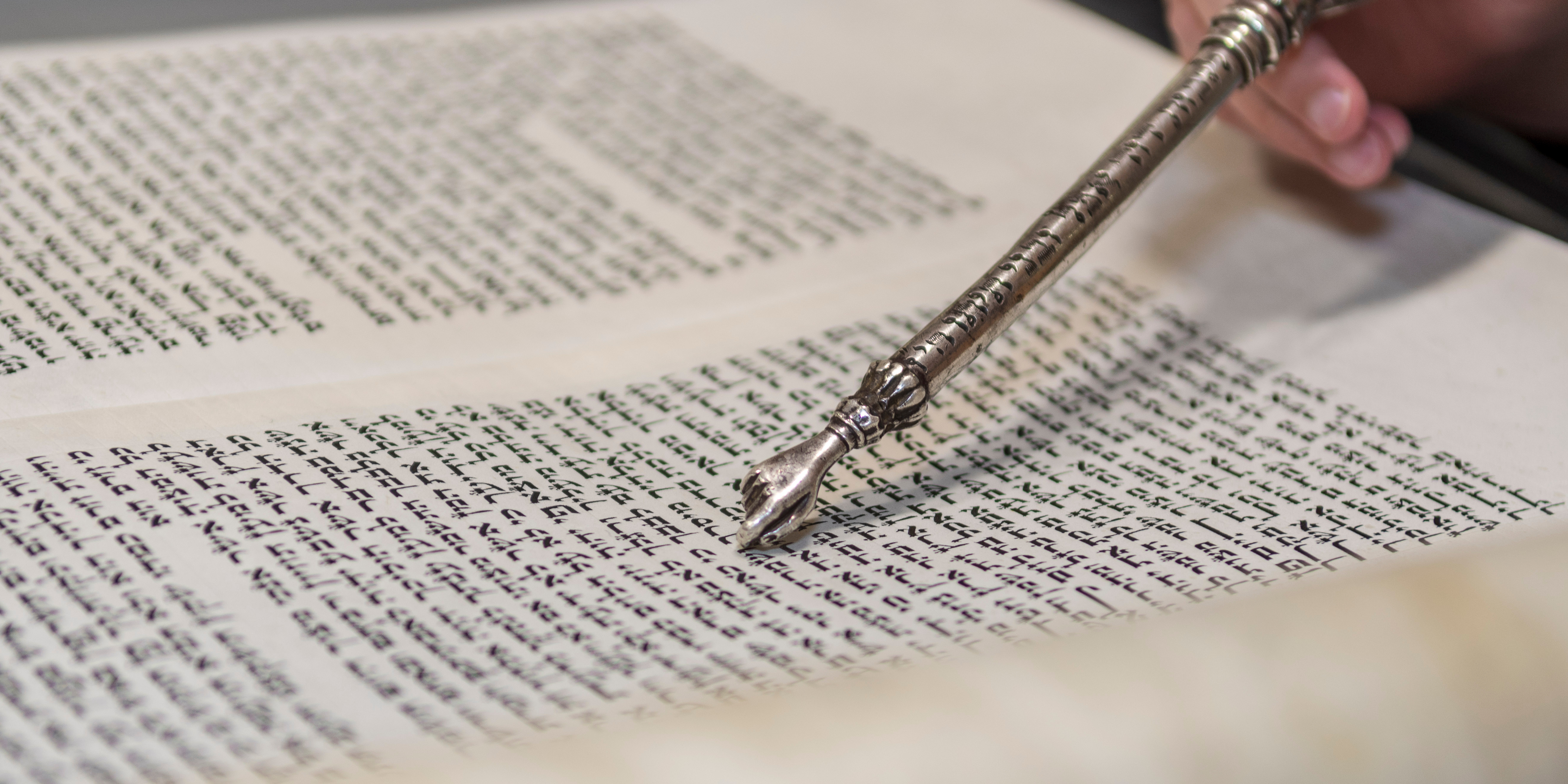Chanukah: Lighting the Way

Last year was the first time that I felt deeply the power of lighting candles for eight days. My mum z”l was in the final weeks of her life and was unable to move from her bed. We brought the candles to her every night. The Chanukah candles were a form of sustenance for me and my family. I gazed upon the elegant and resilient flickering of the flames and could not help but read this light in relation to my mum’s radiance and glowing persistence. The story of Chanukah became intensely personal and metaphorical; the miracle of the lights in the face of uncontrollable external forces felt like something I was living through. The temple of my home was being threatened by illness, uncertainty and heartache but then these lights, growing in number each night, represented so clearly the powerful feeling inside me that there is still hope and beauty and love. Seeing my mum smile when I came in to see her in the morning, holding her hand during long restless nights to let her know that I was there and witnessing my family come together more strongly than ever before, these were the candles that burned so bright as winter began to descend.
In the mystical writings of Kabbalah there is the phrase Or haGanuz – the concealed light. The Hebrew word Ganuz is a relative of the word Genizah, a hidden place where sacred texts are stored for protected burial. Concealed light and concealed texts. All Jewish text and ritual is a Genizah waiting to be unearthed, brought to life by the palpability of lived experience. My family and I discovered that the hidden light of Chanukah was simultaneously the strength we could garner from the visual reality of the candles and the way that this experience translated through metaphors into our own sense of the light within. Chanukah will never be the same and will always now carry the flickering resonances of last year.
II
The attacks on Charly Hebdo and the kosher supermarket happened at the same time as my mum passed away. I was unable to assimilate the streams of images and news stories that attempted to grab my attention. I couldn’t plunge into the darkness when my candle was already fragile. I took notice but I did not internalise. The recent attacks in Paris in November reminded me of this wanton darkness which can so easily consume us. I am sometimes left feeling numb and hopeless but then there are sparks of light which reignite my hope. One such spark comes from a book I have recently started reading entitled What Do You Buy For the Children of the Terrorist who Tried to Kill your Wife? The seeming absurdity of the title highlights how in the face of terrorism, hope and reconciliation feel preposterous. Yet David Harris-Gershon tells in frank and meticulous detail the true story of how he comes to meet the man who made his family the victims of an attack. Using the language of light, he writes
“in the beginning after the attack there had been darkness, there had been blindness- not knowing who had perpetrated the attack or how it had happened – and that blindness was good. It was good not knowing the details, not having Mohammad’s name and face attached to the pictures of punctured bodies and fractured beams, to images of Jamie shuddering from unyielding pain. As time went on, I clung to that blindness, pretending darkness had not yet been separated from light. But those words – he was sorry –backlit everything, threw shadows upon the walls which the darkness had concealed. I saw myself. I saw Mohammed, I saw destruction. And for the first time I felt an intense need to speak with Mohammed, to understand him. To understand how he could say such a thing when he was the face of evil.”
His journey of reconciliation with Mohamed is a beacon of light. At these most testing times in our lives, when everything seems stacked against us, the metaphors of light feel appropriate, powerful and universal.
III
In order for the metaphors of light to be most effective, we have to enshrine the lighting of candles in our tradition. Even with the onset of modern technology we have preserved the usage of the humble candle for sacred purposes. I have always been mesmerised by candles. Indeed, I have a vivid memory of havdallah on Noam when I was in 13 years old. The madrichim (leaders) had assembled what seemed like thousands of candles to create a mystery pathway through a large field leading us into a wooded copse where we began to chant a mournful niggun.
Noam has guided me through my teenage years and ignited my self-confidence, my leadership skills and my connection to Judaism. The amazing thing about candles is that one candle can light many others without itself going out. On Noam, we aim to be the shames of Chanukah, allowing the individual to shine through the support of the community. The candles stay upright and alight because they’re held by a sturdy, beautiful and sometimes rather old menorah. We are held by the Jewish tradition, by halachah and by our Rabbis so that we can share light with many more generations of Noaminkim. We aspire to be the generation of Jewishly-literate, socially-conscious young Masorti Jews who will be able to light the way even when the road ahead seems dark.
Daniel Eisenberg was a Noam Movement Worker and the Noam community worker for New London Synagogue and New North London Synagogue in 2015. He now lives in New York and is studying at Yeshivat Hadar.



